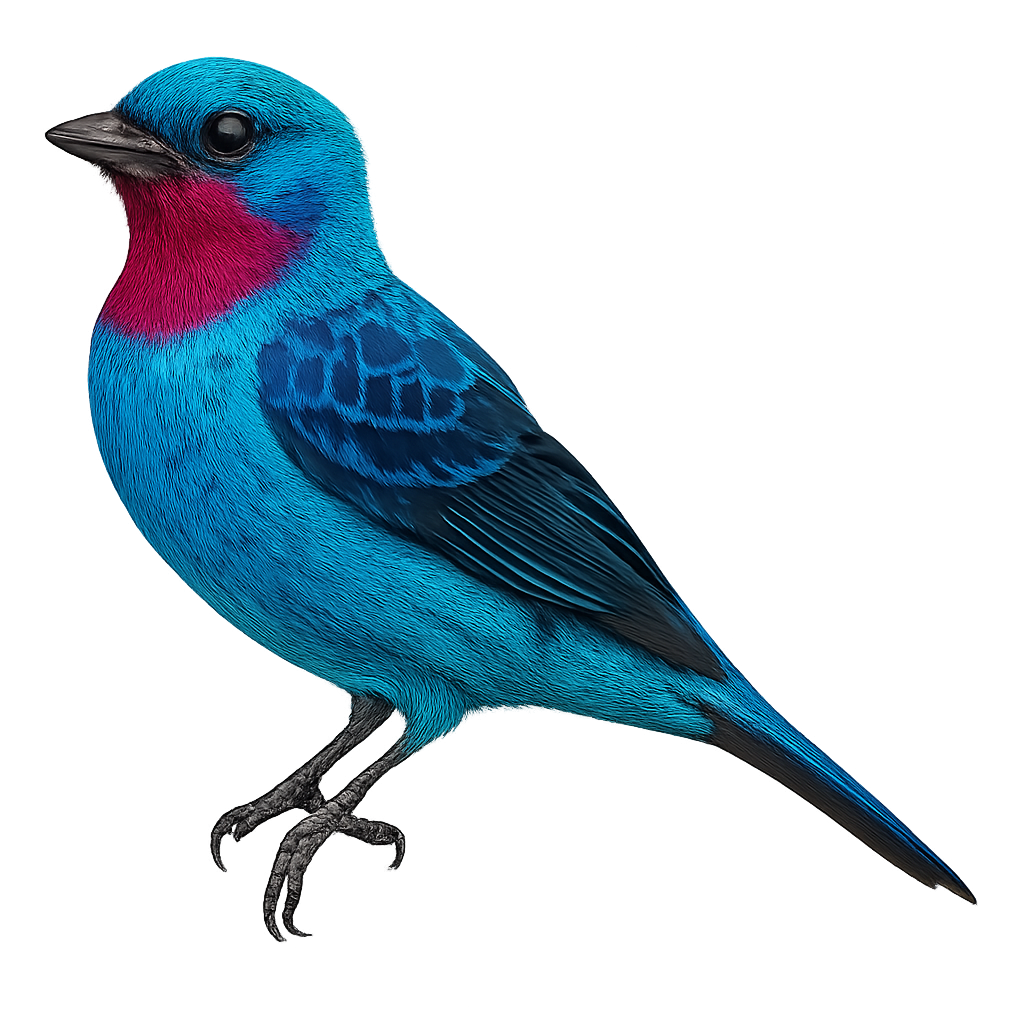Your wildlife photography guide.
Explore the lovely cotinga in detail, study its behavior, prepare your shots.
Where to observe and photograph the lovely cotinga in the wild
Learn where and when to spot the lovely cotinga in the wild, how to identify the species based on distinctive features, and what natural environments it inhabits. The WildlifePhotographer app offers tailored photography tips that reflect the lovely cotinga’s behavior, helping you capture better wildlife images. Explore the full species profile for key information including description, habitat, active periods, and approach techniques.
Lovely Cotinga
Scientific name: Cotinga amabilis

IUCN Status: Least Concern
Family: COTINGIDAE
Group: Birds
Sensitivity to human approach: Suspicious
Minimum approach distance: 20 m
Courtship display: April to June
Incubation: 18-20 jours
Hatchings: April to July
Habitat:
Tropical moist lowland forests, forest edges, degraded woodland
Activity period :
Primarily active during the day, with peak activity in the morning and late afternoon.
Identification and description:
The Lovely Cotinga is a tropical bird notable for its vibrant plumage. The male displays a brilliant turquoise blue with a deep purple throat and chest, while the female has more subdued grayish-brown plumage with scaly patterns. This species inhabits lowland humid forests and woodland edges in Central America, from southern Mexico to Costa Rica. Primarily frugivorous, it plays a crucial role in seed dispersal. Although globally listed as "Least Concern," deforestation poses a threat to its natural habitats.
Recommended lens:
400 mm – adjust based on distance, desired framing (portrait or habitat), and approach conditions.
Photography tips:
Use a telephoto lens to capture the Lovely Cotinga perched atop trees, especially early in the morning when it's active. Look for fruiting trees where it feeds. Be discreet to avoid disturbing its natural behavior.
The WildlifePhotographer App is coming soon!
Be the first to explore the best nature spots, track rutting seasons, log your observations, and observe more wildlife.
Already 1 430 wildlife lovers subscribed worldwide

